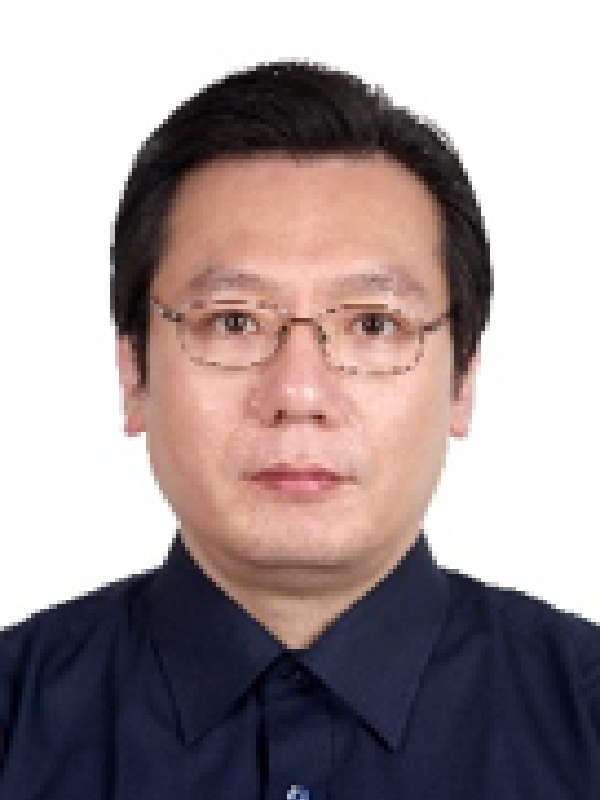SS01 – The Asian Monsoon in a Changing Climate

|
Thu-02 Jul 2020 | 13:30 – 15:30 | Tower B, Lavender II Jianping LIOcean University of China “Atmospheric Energetics of the South China Sea Summer Monsoon and the Relative Roles of South China Sea Summer Monsoon and Enso in IOD Development” |
Jianping LI1,2#+, Yazhou ZHANG3, Renguang WU4, Kyung-Ja HA5, Juan FENG3, Fei ZHENG6, Jiaqing XUE6, Qiuyun WANG3, Yidan XU3, Yuehong WANG3
1Ocean University of China, 2Pilot Qingdao National Laboratory for Marine Science and Technology, 3Beijing Normal University, 4Zhejiang University, 5Pusan National University, 6Chinese Academy of Sciences
We firstly investigate the energy conversion processes and their relation to convection (circulation) during the South China Sea summer monsoon (SCSSM) years from the viewpoint of atmospheric perturbation potential energy (PPE). An atmospheric PPE dipole pattern associated with SCSSM develops over the western North Pacific (WNP) and southern Maritime Continent (MC) in summer, serving as a link between SCSSM and diabatic heating. The SCSSM can maintain development through the positive convection–PPE–circulation feedback. Secondly, we investigate the SCSSM impact on the IOD. The SCSSM is significantly positive correlated with the IOD in JJA and SON. When the SCSSM is strong, the enhanced southwesterlies which bring more water vapor to WNP lead to surplus precipitation. Consequently, the anomalous descending branch of the SCSSM Hadley circulation (SCSSMHC) develops over MC, favoring deficit precipitation in situ. The precipitation dipole over WNP and MC as well as the enhanced SCSSMHC lead to intensification of the southeasterly anomalies off Sumatra and Java, which then contributes to the negative SSTA through the positive wind-evaporation-SST and wind-thermocline-SST (Bjerknes) feedbacks. Consequently, a positive IOD develops due to the increased zonal gradient of the tropical Indian Ocean SSTA, and vice versa. Thirdly, we study the relative roles of SCSSM and ENSO in IOD development. The IOD amplitude tends to be much stronger under the coexistence of SCSSM and ENSO than that under individual SCSSM or ENSO events during JJA and SON. The SCSSM (ENSO) play the dominant role around the eastern (western) IOD pole. An anomalous local Hadley circulation closely related to the stronger SCSSM favors anomalous southeasterly of Sumatra and Java during JJA, which enhance oceanic upwelling and subsequently result in SST cooling there. The contemporaneous ENSO could influence JJA SSTA over the western Indian Ocean via the Walker circulation coupled with oceanic variations.
Biography
PhD, a full professor at Ocean University of China and Qingdao National Laboratory
for Marine Science and Technology, Chair of the IUGG Union Commission on Climatic
and Environmental Change (CCEC), President of the International Commission of Climate
(ICCL)/IAMAS, Fellow of IUGG (International Union of Geodesy and Geophysics), Fellow
of Royal Meteorological Society (RMetS), an Affiliate Faculty of University of Hawaii,
Executive Editor of Climate Dynamics, Editor of Scientific Reports, Editor of
Theoretical and Applied Climatology, Associate Editor-in-Chief of Advances in
Climate Change Research, and Co-Coordinator of the International Project of East
Asian Climate (EAC). His major research interests include climate dynamics and
predictability, monsoon, air-sea interaction, annular modes, and etc. He has published
more than 400 peer-reviewed papers and has edited several books.
His CV at: http://ljp.gcess.cn/dct/page/65546
(which also lists the many conferences and symposia that he has organized.)